
The hammer is one of the most fundamental tools in jewelry-making hammers. Jewelers hammers are used for many reasons, including shaping and forming metal and also creating amazing textures in your handmade jewelry designs. So here are your 9 Best Jewelry-Making Hammers.
With so many jeweler hammers on offer, we’ll break down what each hammer is. And also what exactly they are used for in the workshop.
So here are the best jewelry hammers used in jewelry-making.
9 Best Types of Hammers Use in Jewelry-Making
1. The Ball Pein Hammer
This is one of the first jewelry hammers you should invest in as a beginner.
It’s a great all-rounder, used for multiple tasks such as texturing metal, hammering doming punches, and forming sheet metal.
2. The Rawhide Mallet
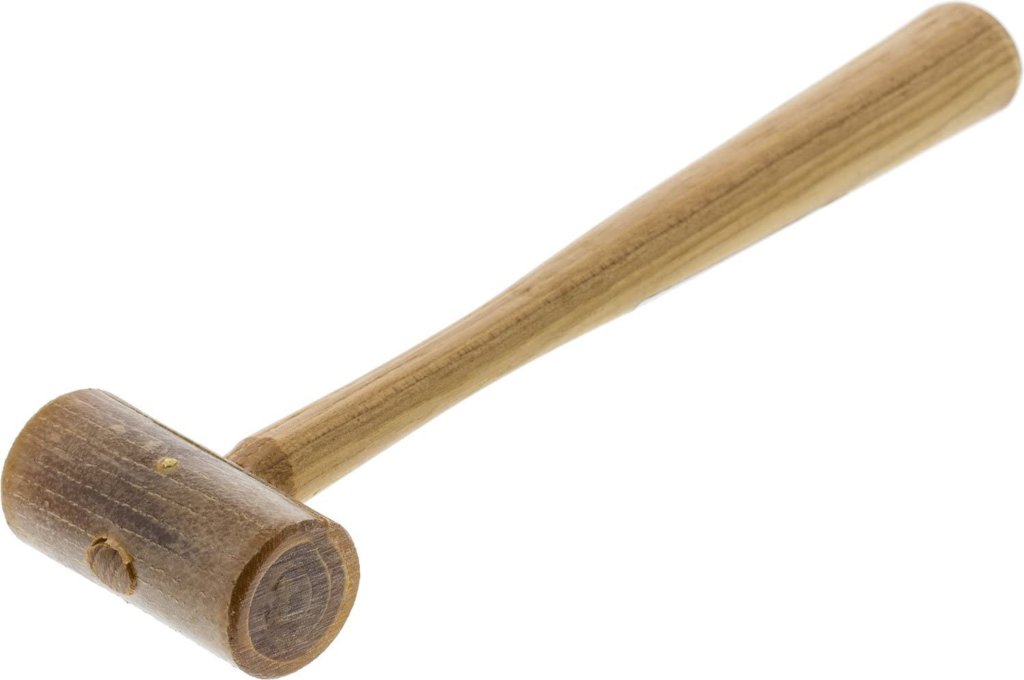
Great for forming or resizing rings, the rawhide mallet won’t scratch or mar the metal you’re working with while still providing accurate results.
3. The Stamping Hammer
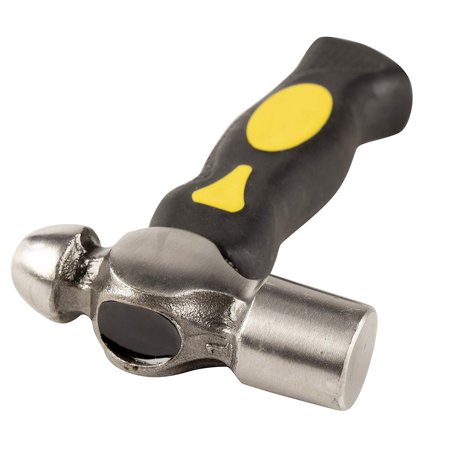
Sometimes known as a brass hammer, this kind of jewelry hammer is used with stamps or metal punches on metal stamping blanks to make a creative imprint on the metal you’re using.
And it’s important to use a soft brass mallet when using steel stamps so that you don’t destroy the stamp under the weight of a heavy steel hammer.
4. The Texturing Hammer
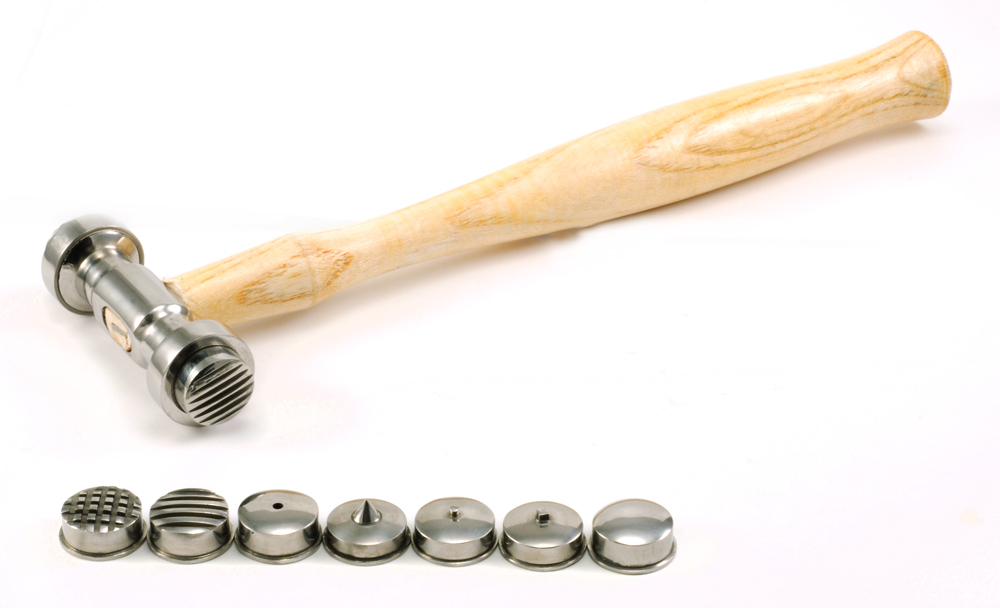
Texturing hammers are used to create a texture on the metal you’re working with.
Instead of a high shine finish, you can instead add a texturized finish to a set of earrings or a pendant for a unique, weathered look.
5. The Chasing Jewelry-Making Hammer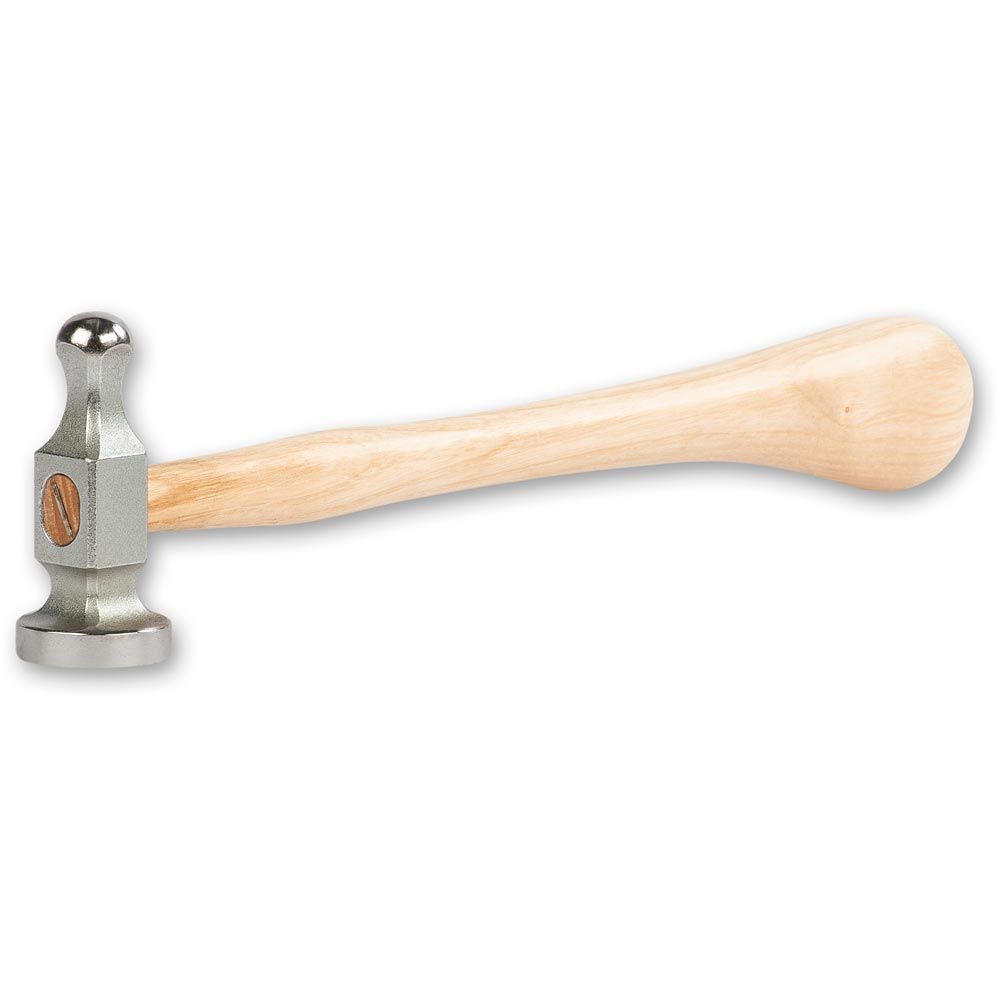
A chasing hammer looks a little different from your usual hammer and is sometimes referred to as a repousse hammer.
The handle is built in a specific way – with a thin handle that migrates down to a thicker end.
Moreover, the handle is meant to give you balance.
That way, when you hammer with some force you can balance it and strike down without causing it to tilt or slip.
The chasing hammer also features a slightly domed face and a ball pein on the other side.
Also, this means that your chasing hammer can be used to form metal into complex relief designs.
6. The Planishing Jewelry-Making Hammer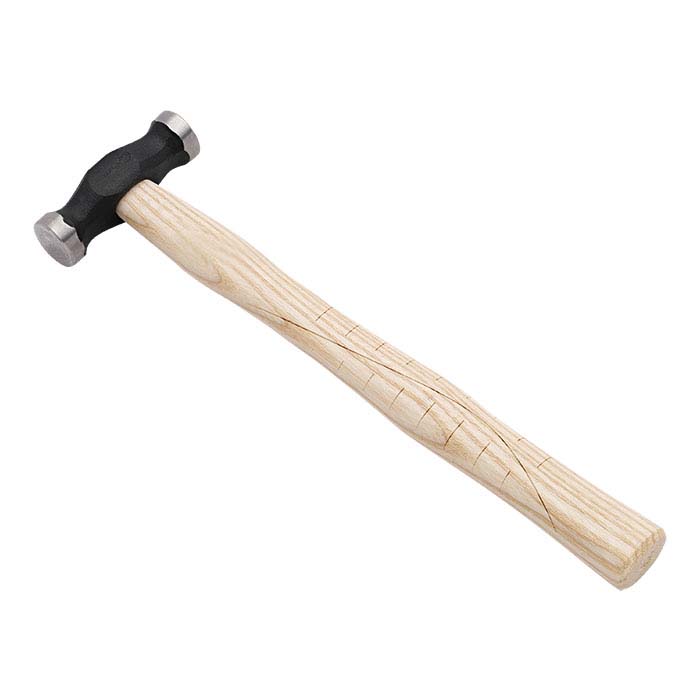
Planishing metal refers to the flattening of sheet metal, in this case, using a planishing hammer.
You’ll often see these techniques used in the forming of larger car body parts to finish the metal with a smooth surface.
Even after you’ve formed a nicely curved piece of metal for your jewelry projects, it’s good to finish this work off with a planishing hammer to ensure a smooth, professional finish.
7. The Riveting Jewelry-Making Hammer
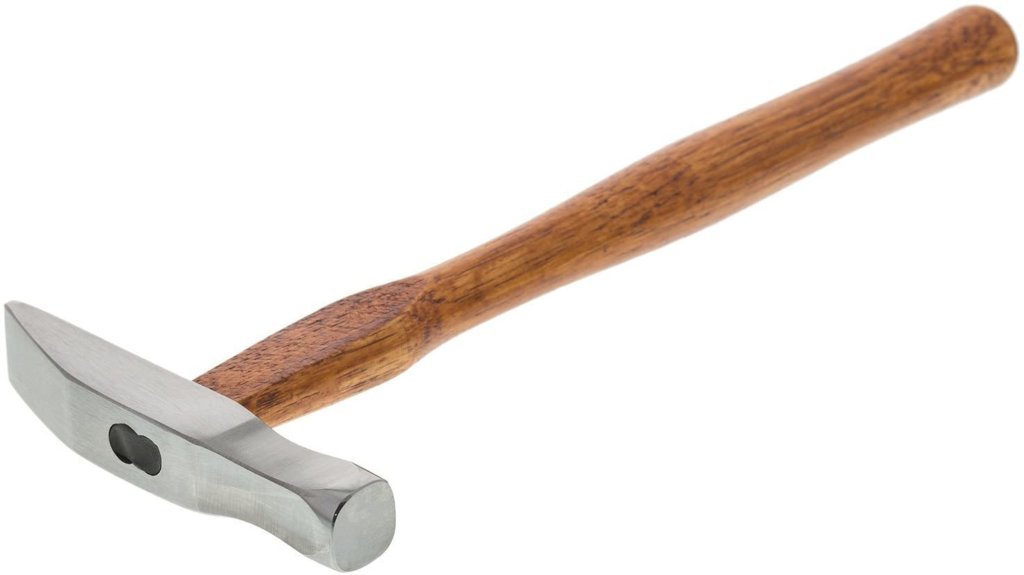
The riveting hammer has one flat round face and one wedge-shaped end.
And this is primarily used for riveting as well as creating bark like textures on sheet metal.
8. Raising Jewelry-Making Hammer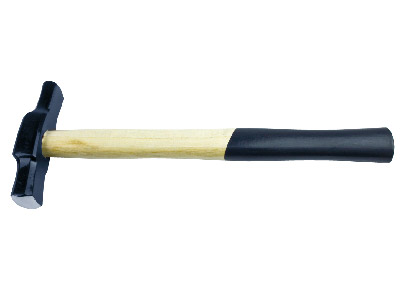
Raising hammers feature a cross pein instead of a ball pein which allows you to compress the metal, creating a convex shape without stretching it out too much.
Also when used with a stake, you can use a raising hammer to successfully form larger pieces of sheet metal into bangles, cuffs, or more complex pendants.
9. Embossing Jewelry-Making Hammer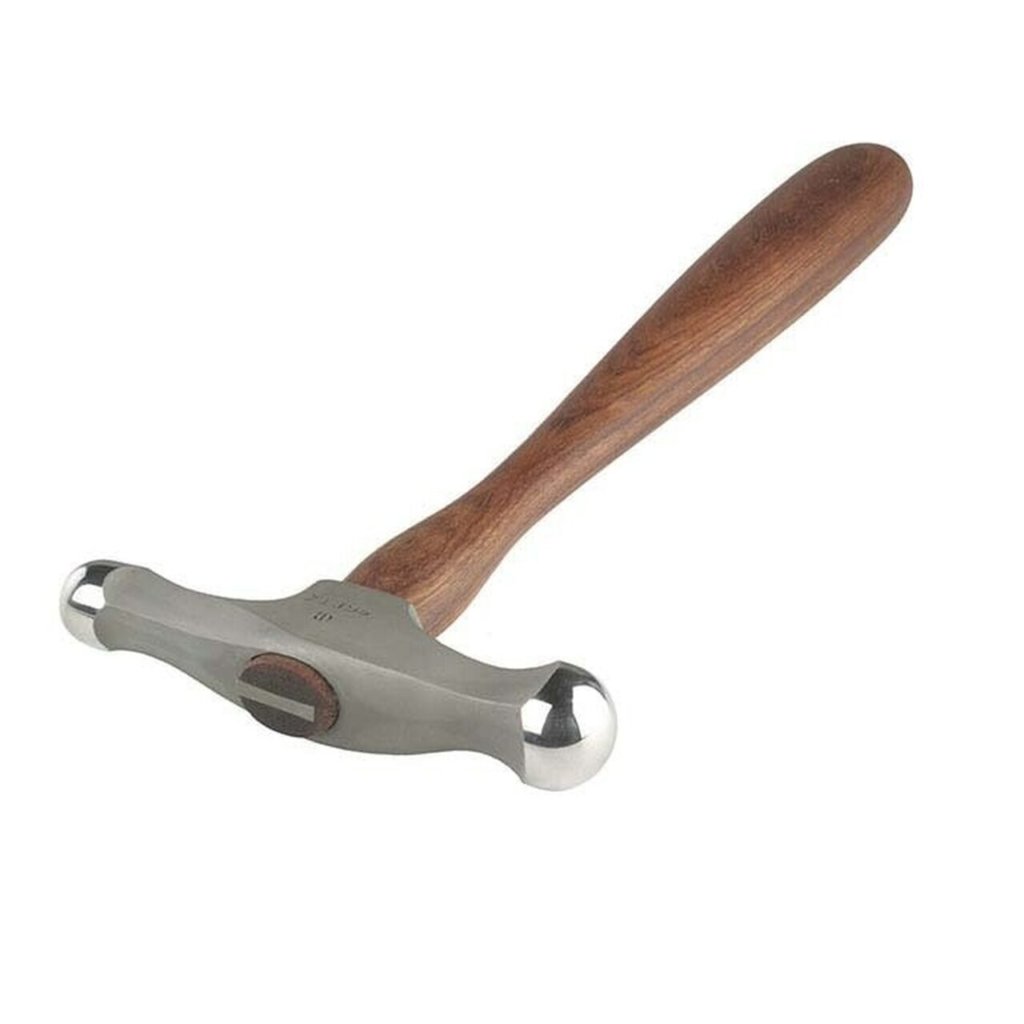
Ever heard of embossing? Embossing is the stretching of metal with the use of a hammer.
A typical embossing hammer features two ball peins of different sizes at each end.
Each end can be used to add dramatic textures to your metalwork, helping you create a collection of jewelry pieces with a unique finish.
Hopefully, you learned a lot about the types of hammers best used in jewelry and how you can benefit from using various types of hammers. 9 Best Jewelry-Making Hammers.
P.S. Royi Sal Jewelry, as a decades-long leader in silver jewelry design and manufacturing, invites you to download our latest magazine here and profit from the exceptional jewelry designs at affordable prices you will find in the magazine. Click here to download it now.
Share this post

